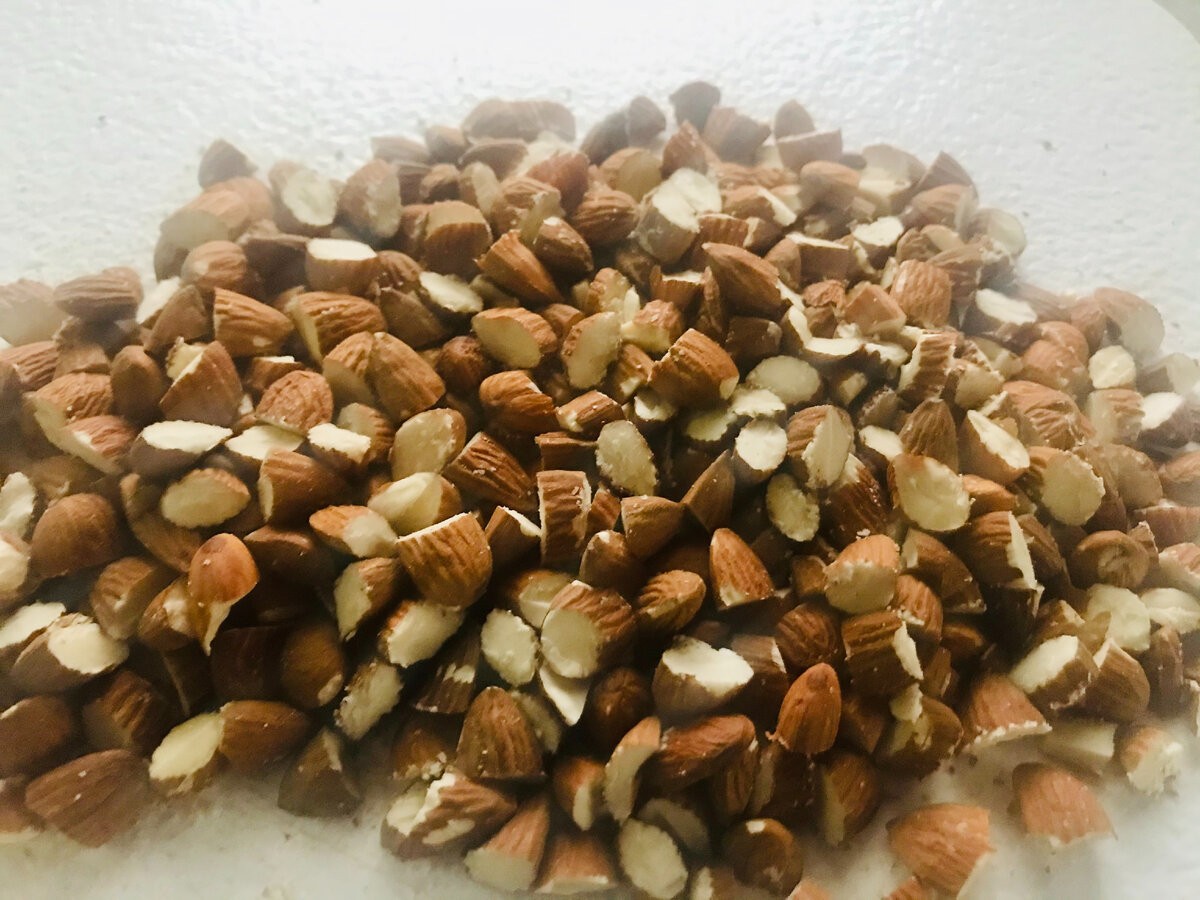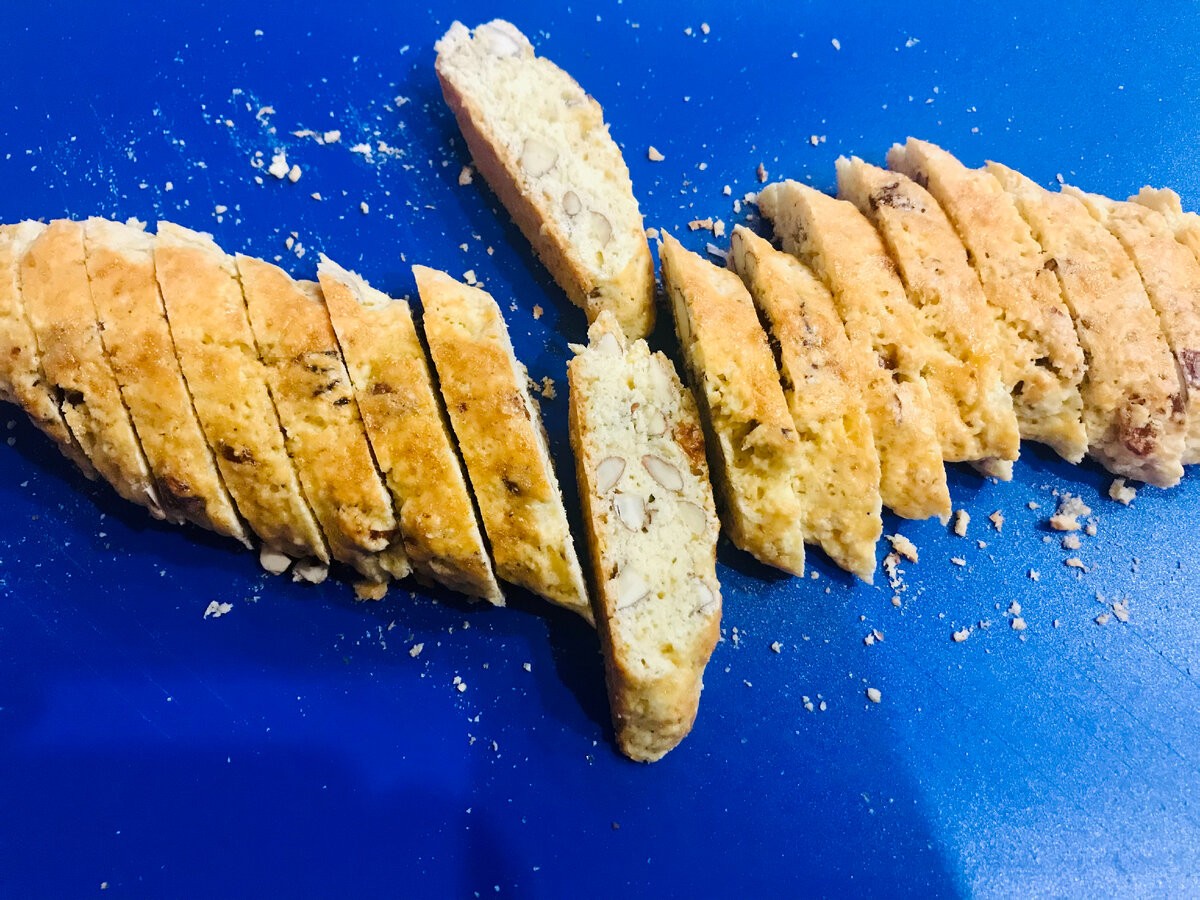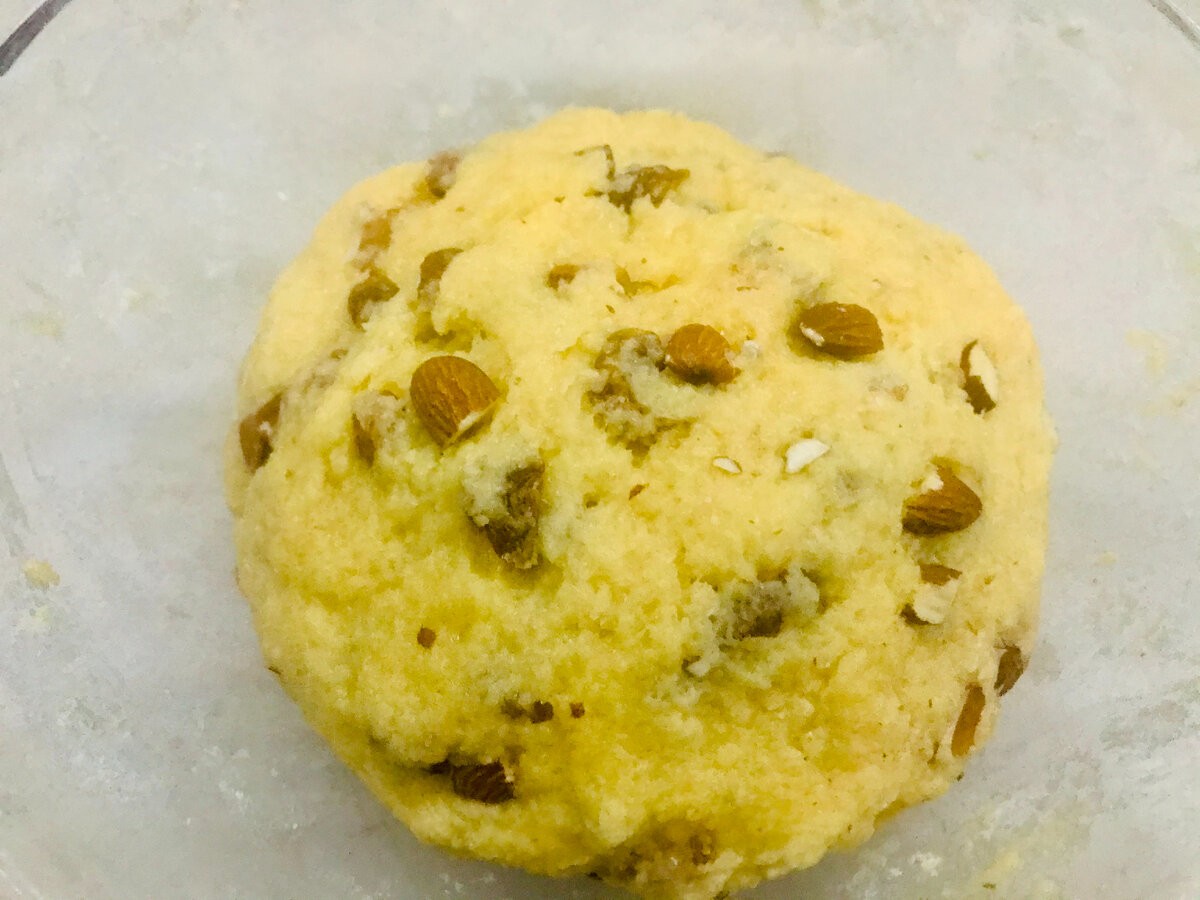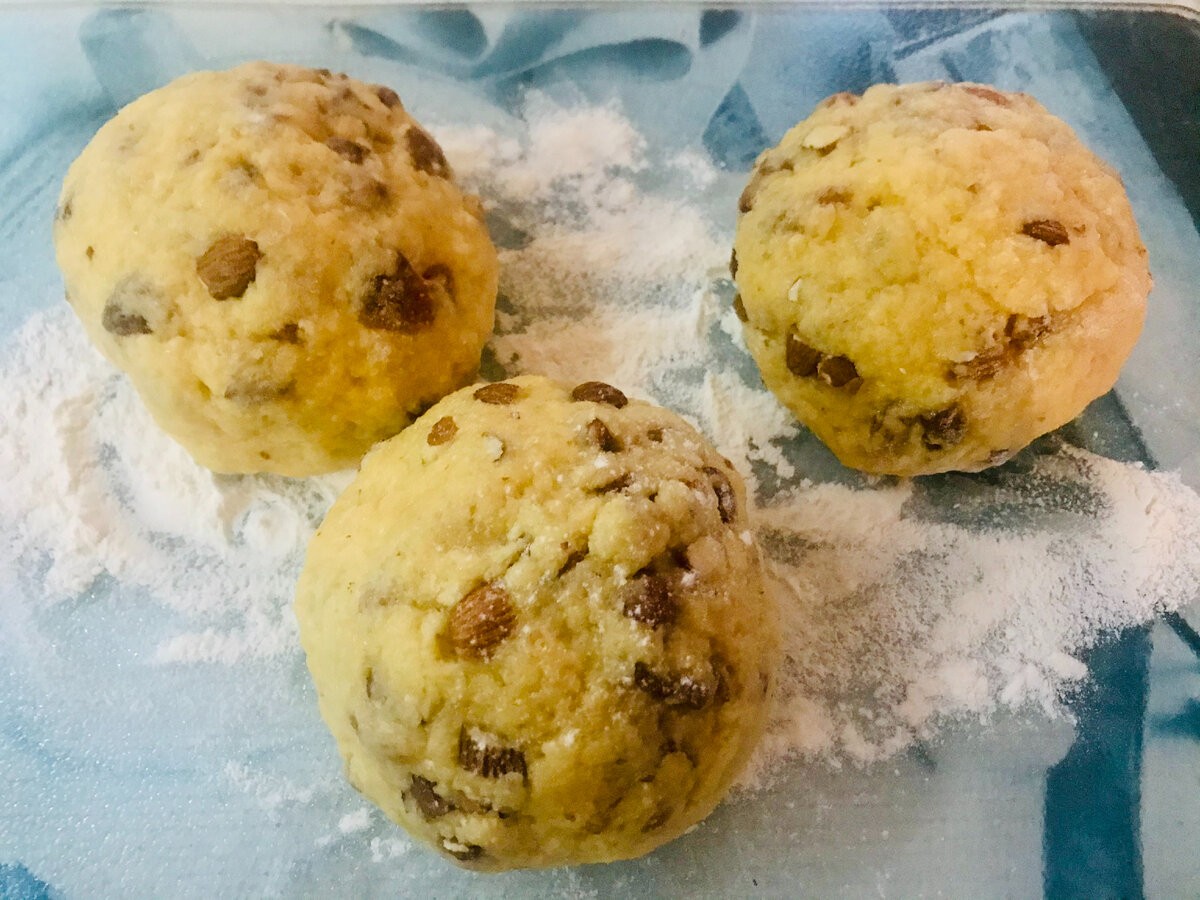Twice-Baked and Irresistible: The Almond-Raisin Biscotti That Makes a Kitchen Disappear
In Italy, this cookie goes by many names—cantucci, cantuccini, biscotti—yet they all share a simple truth: it is twice-baked. The basic act is straightforward: flour, sugar, eggs, baking powder, salt, and a kiss of vanilla, plus almonds and raisins. It’s generous in yield and satisfying in crunch. Two small, almost humorous price notes highlight the humble value of this treat in a home kitchen: almonds cost about 102 rubles and Uzbek raisins about 16 rubles. The true joy, though, isn’t measured in money. It’s in the moment—the scent that fills the room, the satisfying crack as you bite, and the way a batch vanishes from the tin far faster than it takes to bake it.

In This Article:
The Quiet Beginning: What You Need to Make Biscotti
Ingredients (metric): 400 g all-purpose flour; 200 g granulated sugar; 4 eggs; 1 tsp baking powder; 1 tsp salt; 2 sachets vanilla sugar (total 16 g) or 1 tsp vanilla extract; 1 tbsp water; 150 g almonds; 50 g raisins (pitted; or you can substitute dried cranberries or cherries). Method begins with the dry mix: combine flour, sugar, vanilla, baking powder, and salt. I prefer larger salt crystals so a gentle salty note surprises the sweetness; if you don’t, use fine salt and sweep away the heaped measure. Separate one egg white and set it aside. Whisk the yolk with the remaining three eggs and a spoon of water. If you’re using vanilla extract, add it to the eggs rather than to the flour.

From Dough to Logs: Shaping and the First Bake
Soak and chop: rinse the raisins and dry them on a towel; cut almonds into pieces (bigger pieces for larger slices; smaller pieces if the nuts are small). In a deep bowl, mix the eggs with the flour-and-spice mixture until you obtain a very dense dough. The dough will be slightly sticky but should not cling to your hands. Dust the work surface lightly with flour, turn out the dough, and divide it into three portions. First bake: roll each portion into a long, thin log that matches the length of your baking sheet. Lightly flatten the logs so they become oblong. Brush with the beaten egg white and bake at 180°C until the surface is a golden crust. A toothpick should come out dry and clean.

The Quiet Second Bake: Browning, Drying, and Slicing
Let the logs cool to a warm state, then slice on a diagonal into pieces about 1 cm thick. This diagonal cut gives the classic elongated biscotti shape. Arrange the slices back on the baking sheet and return them to the oven for a second bake at 180°C for about 10 minutes, until they are nicely browned and thoroughly dry. After cooling, store the biscotti in a tightly closed container. They are designed to hold for a long time, but in practice they disappear quickly in our home.
Texture, Tradition, and the Joy of Dunking
The cookies emerge dry and hard, with a comforting almond-vanilla aroma. They are purposefully dunk-worthy: dip a biscotto into coffee or a sweet dessert wine and welcome a subtle shift in flavor with each bite. In Italy, biscotti are a daily ceremony, turning a simple cookie into a ritual of shared warmth.
A Simple Joy: Try This Recipe and Share the Moment
This biscotti is remarkably easy and yields a generous batch. It’s a humble pleasure that travels well from kitchen to table. Once cooled, store the cookies in an airtight container, but don’t be surprised if they vanish quickly—there’s little patience for leftovers in our home. If you enjoyed this, try baking it yourself and share the result. For more delicious recipes, subscribe to the channel and follow along for new ideas.

